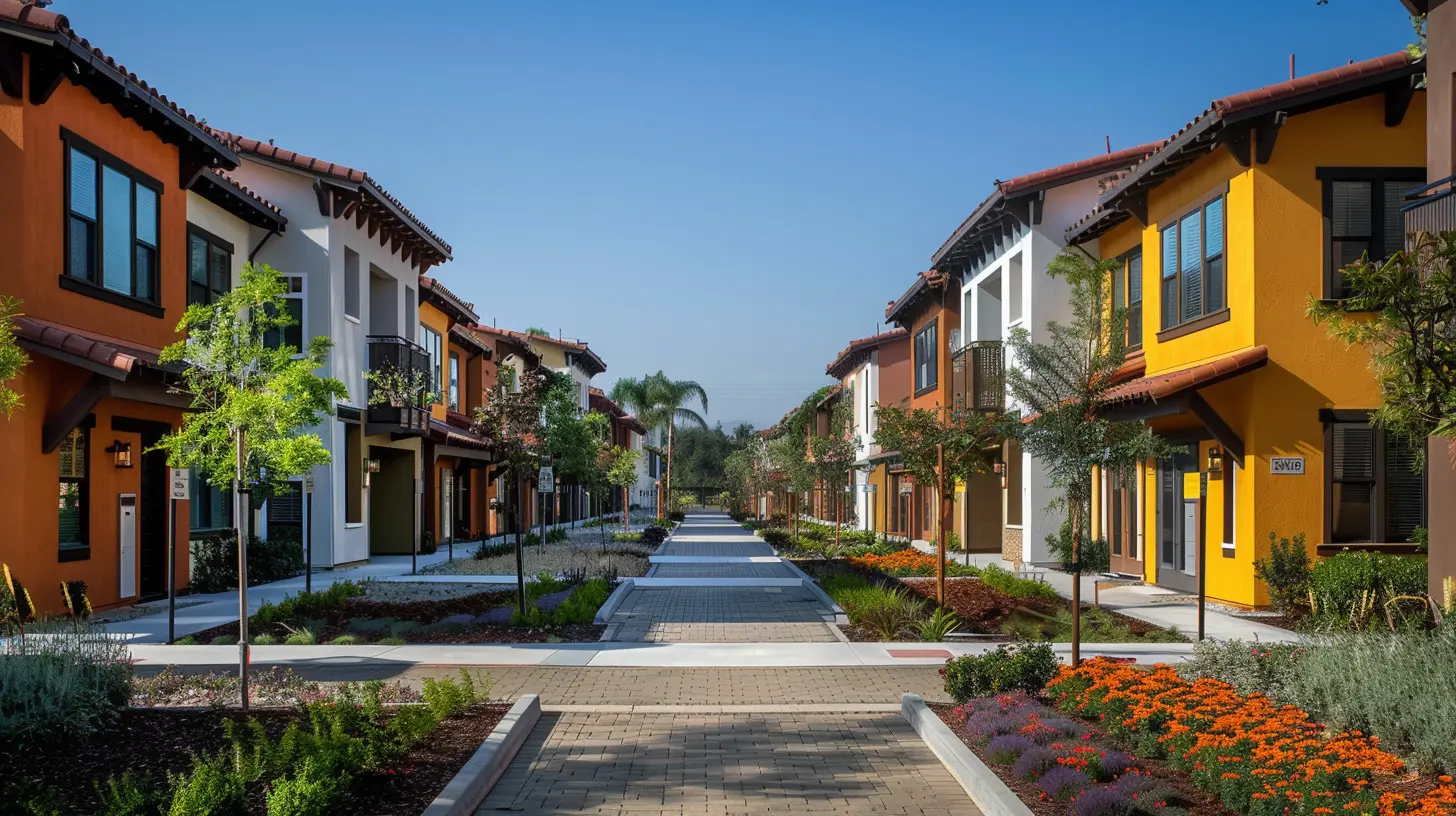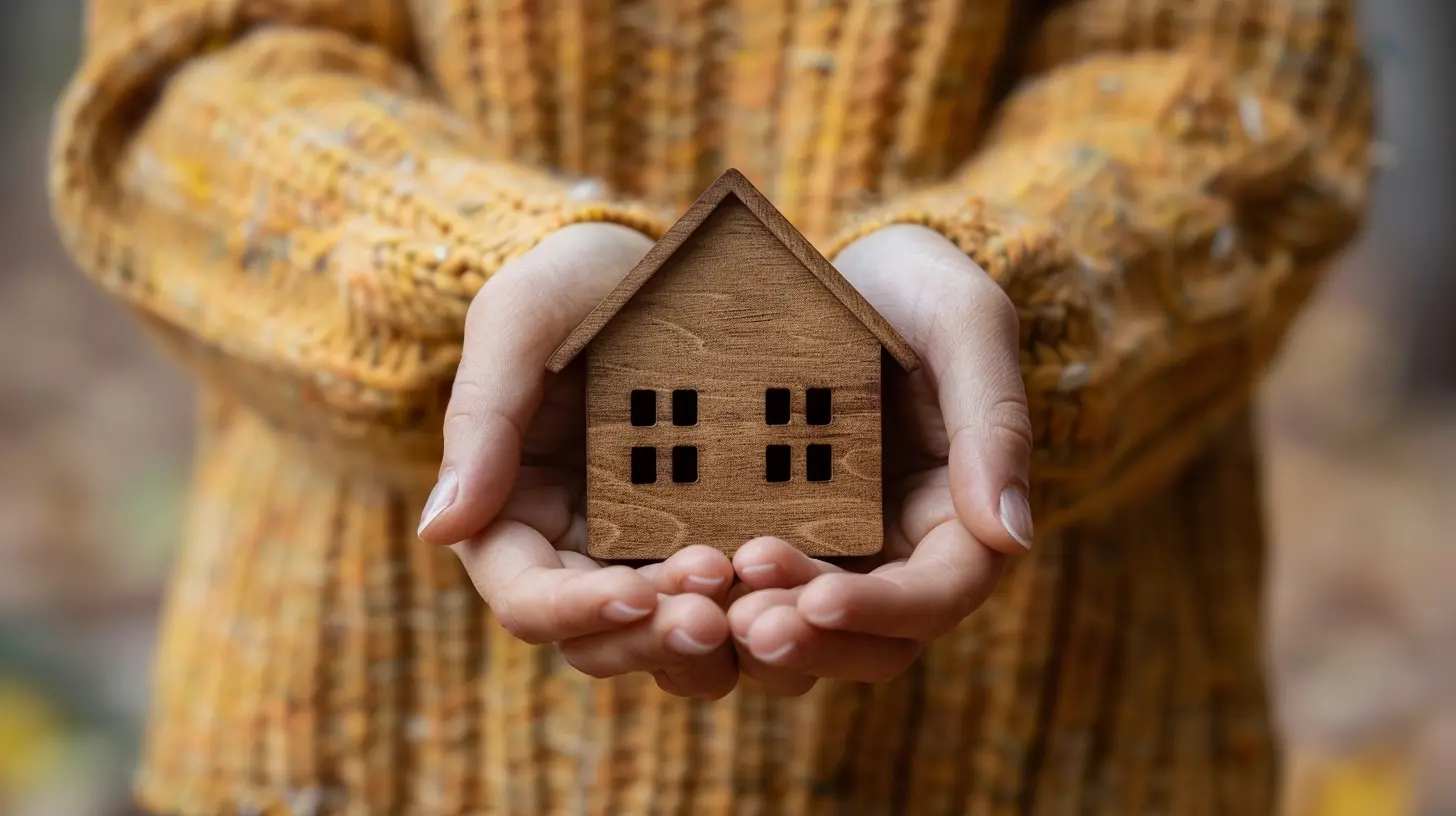Debunking Myths About Affordable Housing Communities
14 November 2025
Affordable housing gets a bad rap, and most of the time, it's due to misconceptions and outdated stereotypes. Many people believe that affordable housing attracts crime, lowers property values, and is poorly maintained. But is that really the case?
Let’s dig deep into some of the most common myths about affordable housing and set the record straight once and for all. 
Myth #1: Affordable Housing Brings Crime to Neighborhoods
One of the biggest misconceptions surrounding affordable housing communities is the belief that they increase crime. This idea has been around for decades, but studies show it's simply not true.The Truth
Crime rates are influenced by a variety of factors such as socioeconomic conditions, policing, and community engagement—not just housing. In fact, well-managed affordable housing communities often improve safety by reducing homelessness and providing stable living conditions for families.Consider this: People who have a safe, consistent place to live are far less likely to engage in criminal activity. It’s instability, not affordable housing, that can contribute to crime. 
Myth #2: Affordable Housing Lowers Property Values
Another common fear is that building affordable housing in a neighborhood will drag down property values. Homeowners worry that their homes will lose value simply because lower-income families are moving in.The Truth
Numerous studies have shown that affordable housing has little to no impact on surrounding property values. In some cases, well-planned developments actually boost local property values by improving the area's overall appearance and attracting investment.Think about it this way: A well-constructed, professionally managed apartment building looks no different from market-rate housing. If anything, it replaces vacant lots or outdated buildings, making the neighborhood more attractive. 
Myth #3: Affordable Housing Is Just for the Unemployed
Many people assume that affordable housing only benefits the unemployed or those who refuse to work. This couldn’t be further from the truth.The Truth
Most affordable housing residents are hardworking individuals who simply don’t earn enough to afford market-rate housing. Teachers, nurses, retail workers, firefighters, and many others rely on affordable housing to live near their workplaces.The reality is that wages haven't kept up with rising housing costs. Affordable housing ensures that essential workers can live in the communities they serve, cutting down on long commutes and improving overall quality of life. 
Myth #4: Affordable Housing Is Poorly Built and Maintained
There's a misconception that affordable housing is low-quality, with rundown buildings and neglected maintenance. People often picture dilapidated apartments with peeling paint, broken windows, and unkempt lawns.The Truth
Modern affordable housing developments are held to the same building codes and safety regulations as any other housing project. Many affordable housing communities are designed with sustainability and durability in mind.Additionally, non-profit organizations, housing authorities, and private developers invest in proper maintenance to ensure safe, livable conditions. In reality, affordable housing can look just as nice—if not better—than other housing units in the same area.
Myth #5: Affordable Housing Brings Overcrowding
Some believe that affordable housing leads to overcrowding, with too many people crammed into small units, making the community feel congested.The Truth
Affordable housing developments adhere to local zoning laws that regulate population density and ensure properties are properly spaced. These homes are designed to accommodate families comfortably, not to pack people in like sardines.Overcrowding is actually more common when people can't access affordable housing, forcing multiple families to share a single unit. When there's enough affordable housing available, people are far less likely to live in cramped, unhealthy conditions.
Myth #6: Affordable Housing Only Exists in Bad Neighborhoods
Many assume that affordable housing is built exclusively in "bad" or high-poverty areas. Some fear that welcoming affordable housing to middle-class neighborhoods will change the character of the community.The Truth
Affordable housing developments can be found in a variety of locations—from urban centers to suburban neighborhoods. In fact, many cities prioritize building affordable housing in areas with access to good schools, reliable transportation, and job opportunities.Communities thrive when people of different income levels can live together. Mixed-income neighborhoods reduce economic segregation and create more inclusive, diverse communities.
Myth #7: Affordable Housing Is a Drain on Taxpayer Money
Some people argue that affordable housing is a waste of government resources and taxpayer dollars. They feel that subsidies and public funding should be used elsewhere.The Truth
Affordable housing can actually save money in the long run. Studies show that stable housing reduces healthcare costs, emergency services expenses, and reliance on social programs. Preventing homelessness and housing insecurity is far cheaper than fixing the problems that arise when people don’t have a stable place to live.Plus, many affordable housing developments involve private investments, nonprofit organizations, and public-private partnerships that minimize the burden on taxpayers.
Myth #8: Affordable Housing Residents Don’t Contribute to the Community
Some believe that people living in affordable housing don’t contribute to their neighborhoods or take care of their homes.The Truth
The majority of affordable housing residents are active members of their communities. They work in local businesses, send their kids to neighborhood schools, and participate in community activities.Affordable housing helps people put down roots, which leads to stronger, more connected communities. When people can afford a stable home, they’re more likely to engage in their neighborhood and invest in its future.
Final Thoughts: Changing the Narrative Around Affordable Housing
It’s time to move past the outdated myths and recognize the truth about affordable housing. These communities don’t bring crime, lower property values, or diminish neighborhood quality. Instead, they provide hardworking individuals and families with safe, stable homes—something every person deserves.Affordable housing isn’t just about providing shelter; it’s about creating stronger, more inclusive communities where everyone has the opportunity to thrive. So, the next time you hear someone repeating these myths, you’ll have the facts to set the record straight.
all images in this post were generated using AI tools
Category:
Affordable HousingAuthor:

Camila King

